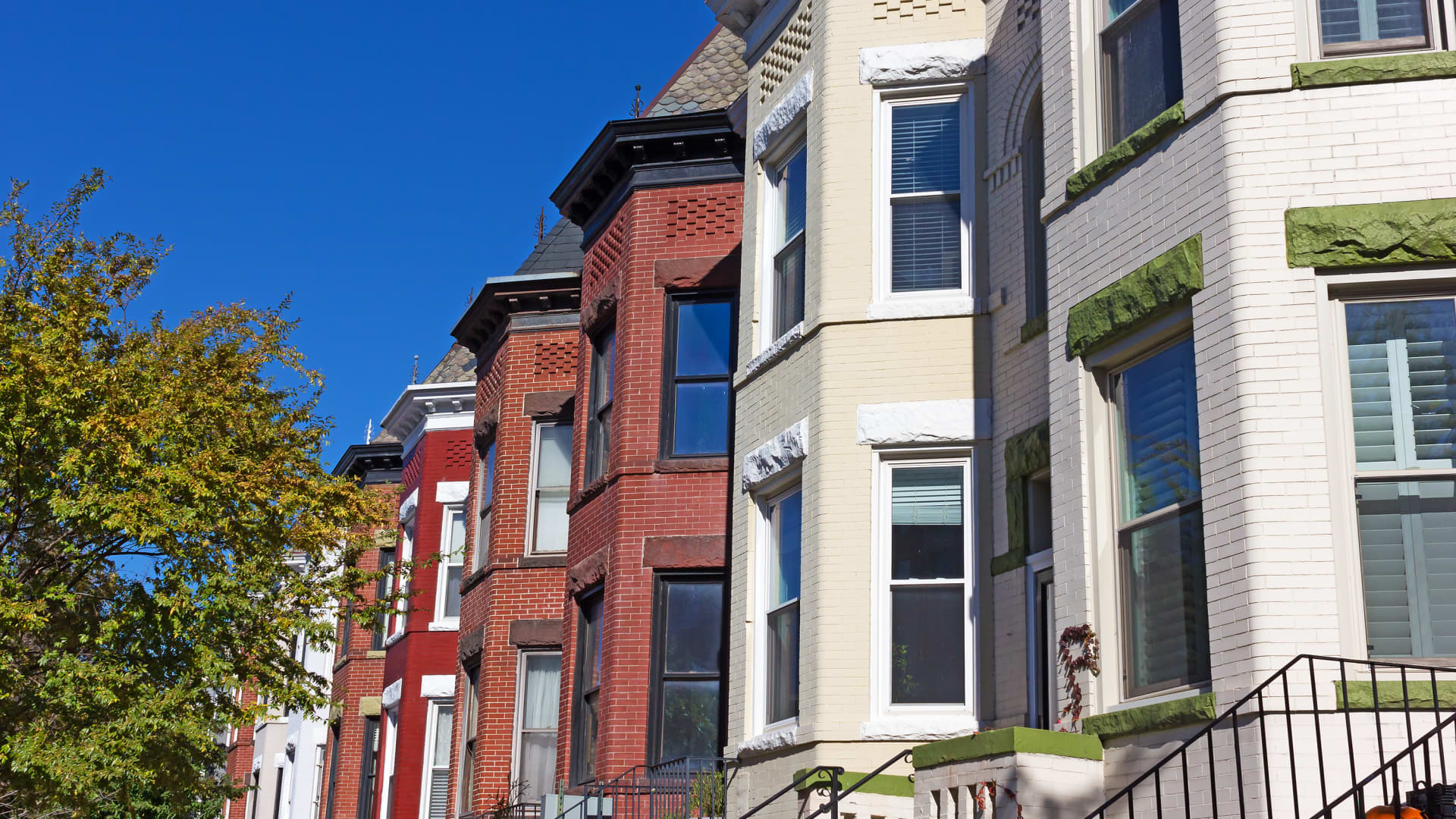Products You May Like
Million-dollar homes aren’t common in the U.S., but you’re more likely to find these properties along the coasts.
That’s according to a LendingTree study that ranked the country’s 50 biggest metropolitan areas by the share of owner-occupied properties worth $1 million or more.
The average share of million-dollar owner-occupied homes in the 50 biggest metros is 4.71%. But in San Jose, California, 52.89% are worth $1 million or more, and in San Francisco, 40.37% are.
More from Personal Finance:
How to sidestep a tax bomb when selling your home
Here’s how to know how much student loan debt you can afford
Inflation is making July 4 celebrations more expensive than ever
Other metros with the highest share of million-dollar properties included Los Angeles, San Diego, New York, Seattle, Boston, Washington, Miami and Denver.
By comparison, places like Buffalo, New York; Cleveland and Pittsburgh had the smallest share of million-dollar homes, representing less than 1% of owner-occupied properties.
Metros with the most million-dollar homes
- San Jose, California: 52.89%
- San Francisco: 40.37%
- Los Angeles: 18.55%
- San Diego: 13.52%
- New York: 10.53%
Metros with the fewest million-dollar homes
- Buffalo, New York: 0.56%
- Cleveland: 0.59%
- Pittsburgh: 0.67%
- Columbus, Ohio: 0.73%
- Cincinnati: 0.78%
The findings come amid growing concerns about housing affordability as mortgage rates spike.
The median home listing price nationwide reached a record $450,000 in June, up nearly 17% from the previous year, according to Realtor.com. Many Americans also have less buying power than a year ago, with 30-year fixed-rate mortgages hovering around 6% for so-called conforming loans of $647,200 or less.
Indeed, rising interest rates have cost homebuyers on a $3,500 monthly budget $165,000 in spending power since the end of 2021, a Redfin report found.
How to limit tax bills when selling a high-priced home
If you’re a seller, on the other hand, you still have advantages in the current market.
With elevated home values and record home equity, you may reap a profit from selling a high-priced home. But experts say a surprise tax bill may cut into that windfall.
While home sale profits are considered capital gains, there’s a $250,000 exemption for single filers and $500,000 for married couples filing together, assuming you meet certain requirements. One of the main rules to qualify is you must own and use the home as a primary residence for two of the five years before the sale.
If your profits exceed these exemption thresholds or you don’t qualify, there are ways to reduce the tax burden.
Leslie Beck, a certified financial planner and owner of Compass Wealth Management in Rutherford, New Jersey, said many homeowners don’t realize that property improvements can be added to the home’s cost basis, or purchase price, to reduce capital gains.
Some examples may include home additions, patios, landscaping, new systems and more, according to the IRS. But ongoing repairs and maintenance, such as painting or fixing leaks, don’t count.
“It’s helpful to have receipts to document these improvements,” said Thomas Scanlon, a CFP and CPA at Raymond James in Manchester, Connecticut. “If you don’t have them, get a copy of the permit needed to do the work.”
